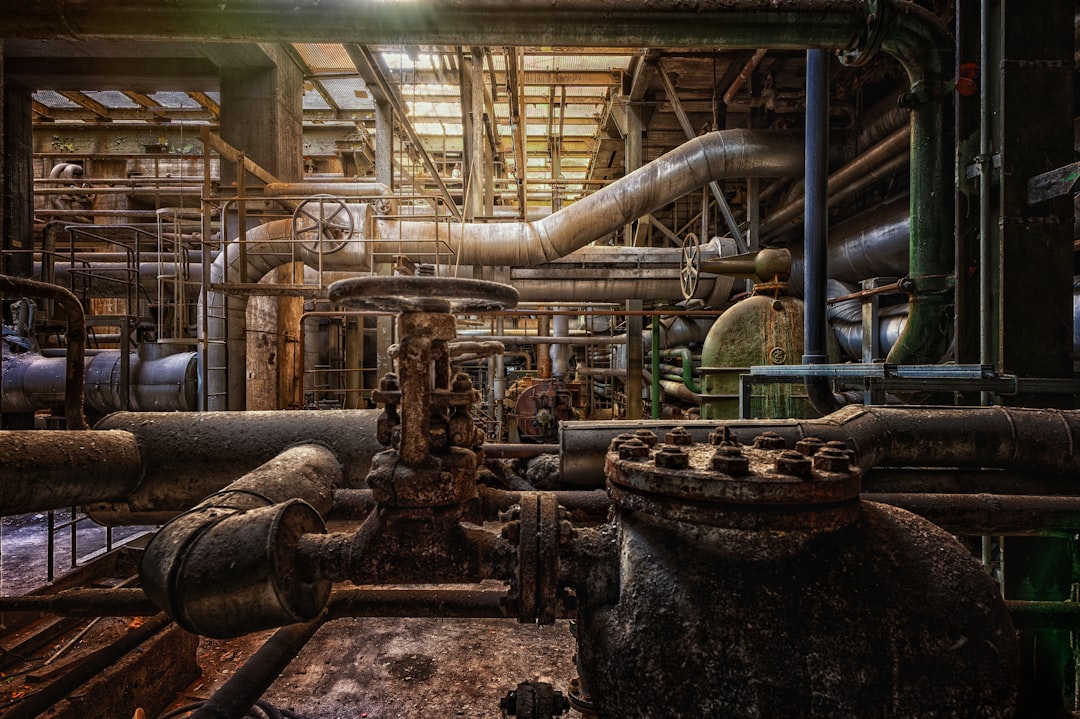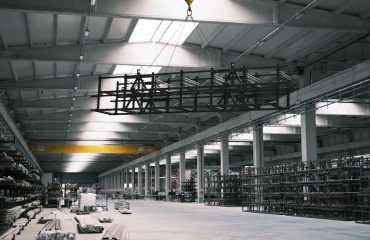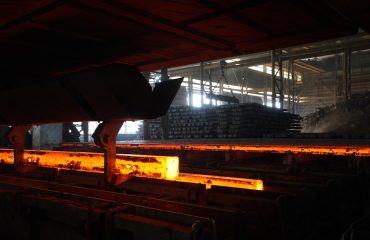High-pressure systems are integral to numerous industries, from chemical processing and oil and gas to power generation and pharmaceuticals. While offering significant advantages in efficiency and productivity, they also present substantial safety risks. A catastrophic failure can lead to devastating consequences, including serious injuries, fatalities, environmental damage, and significant economic losses. This comprehensive guide explores the crucial safety considerations involved in designing, operating, and maintaining high-pressure systems.
1. Design and Engineering for Safety in High-Pressure Systems
The foundation of a safe high-pressure system lies in its design. Careful consideration must be given to material selection, pressure vessel design, and component integrity. Materials must possess sufficient strength and resistance to corrosion and fatigue at the anticipated operating pressures and temperatures. Pressure vessels should be designed according to recognized industry codes and standards (e.g., ASME Boiler and Pressure Vessel Code), incorporating features such as pressure relief devices, safety interlocks, and robust pressure monitoring systems. Finite element analysis (FEA) is often employed to simulate stress and strain under various operating conditions, identifying potential weak points and optimizing the design for maximum safety.
Furthermore, the design process should incorporate redundancy and fail-safe mechanisms. This means designing the system to withstand component failure without causing a catastrophic event. For instance, multiple pressure relief valves can be installed, ensuring that even if one fails, others are available to prevent overpressurization. Regular inspections and testing are crucial throughout the design phase to validate the system’s performance and ensure it meets the required safety standards.
2. Implementing Robust Operational Procedures
Safe operation of a high-pressure system requires well-defined and strictly adhered-to procedures. These procedures should cover all aspects of operation, from startup and shutdown to normal operation and emergency response. Operators should receive thorough training on the system’s functionality, potential hazards, and emergency procedures. This training should include hands-on experience with the equipment and regular refresher courses to ensure knowledge remains up-to-date. Clear communication protocols are essential, especially during emergency situations. Operators should be equipped with the necessary personal protective equipment (PPE) and understand the procedures for handling leaks, spills, and other potential incidents.
Regular monitoring of pressure, temperature, and other critical parameters is crucial. Automated monitoring systems with alarms and shut-down mechanisms can help prevent accidents. Operators should be trained to interpret the data from these systems and respond appropriately to any deviations from normal operating conditions. A comprehensive system of logs and records should be maintained to track operational parameters, maintenance activities, and any incidents that occur.
3. Comprehensive Maintenance and Inspection Strategies
Regular maintenance and inspection are vital for ensuring the continued safety and reliability of high-pressure systems. A preventative maintenance program should be implemented, including scheduled inspections, repairs, and replacements of components as needed. This program should be based on risk assessments and industry best practices. Inspections should include visual checks for signs of wear, corrosion, or damage, as well as non-destructive testing (NDT) methods such as ultrasonic testing and radiographic inspection to detect internal flaws. Maintenance records should be meticulously maintained to track the history of the system and identify any recurring problems.
The frequency of inspections and maintenance should be determined based on the criticality of the system and the operating conditions. High-risk systems may require more frequent inspections and maintenance than those with lower risks. Competent and qualified personnel should conduct all maintenance and inspection activities, adhering to strict safety protocols. Any repairs or modifications to the system should be documented and approved by the appropriate authorities.
4. Emergency Response Planning and Preparedness
Despite the best preventative measures, accidents can still occur. A comprehensive emergency response plan is essential to minimize the consequences of any unforeseen events. This plan should include procedures for handling leaks, spills, fires, and other potential emergencies. It should also outline the roles and responsibilities of personnel during an emergency, including evacuation procedures and communication protocols. Emergency response training should be provided to all personnel who may be involved in responding to an incident.
The emergency response plan should be regularly reviewed and updated to reflect any changes in the system or operating procedures. Emergency equipment, such as fire extinguishers, spill containment materials, and personal protective equipment, should be readily available and regularly inspected. Regular drills should be conducted to ensure that personnel are familiar with the emergency procedures and can respond effectively in a real-world scenario. Communication with local emergency services is also crucial and should be established beforehand.
5. Risk Assessment and Mitigation in High-Pressure Systems
A thorough risk assessment is a fundamental step in ensuring the safety of high-pressure systems. This involves identifying potential hazards, analyzing their likelihood and severity, and implementing appropriate control measures. Hazard identification can be achieved through a variety of methods, including HAZOP (Hazard and Operability) studies, fault tree analysis, and what-if checklists. Once hazards are identified, their likelihood and severity should be assessed, allowing for prioritization of risk mitigation strategies.
Risk mitigation strategies can include engineering controls, administrative controls, and personal protective equipment. Engineering controls involve modifying the system design to reduce the likelihood or severity of hazards. Administrative controls include implementing safe operating procedures, training programs, and emergency response plans. Personal protective equipment (PPE) provides a last line of defense for personnel working with high-pressure systems. The effectiveness of risk mitigation strategies should be regularly reviewed and updated as needed. Continuous improvement is key to maintaining a safe working environment.
By carefully considering these safety aspects throughout the lifecycle of a high-pressure system – from design and engineering to operation, maintenance, and emergency response – industries can significantly reduce the risks associated with these powerful and essential technologies.
SEO Tags:
high-pressure systems safety, pressure vessel safety, pipeline safety, process safety management, risk assessment high pressure




